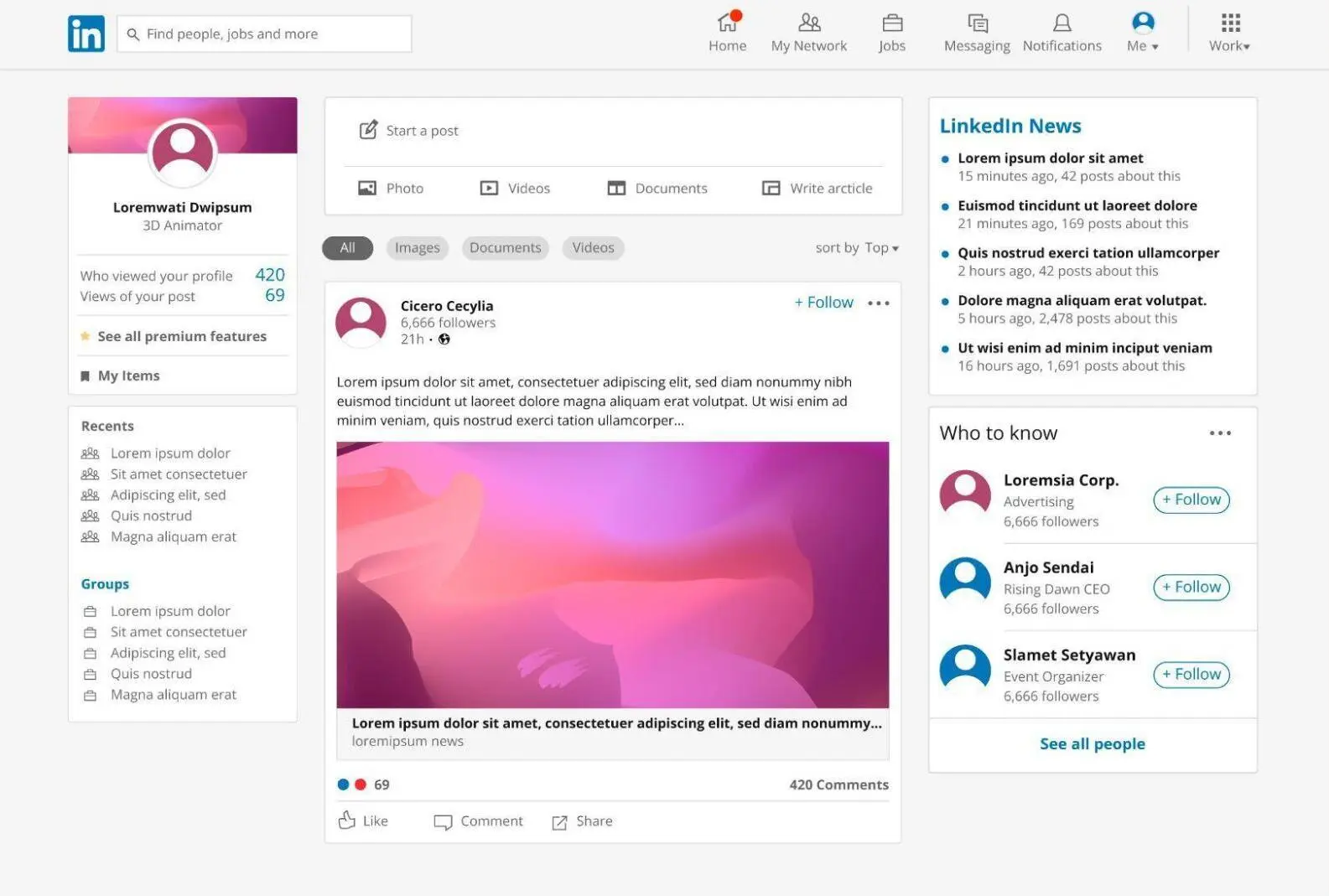More About GUI
Did you know the earliest version of the modern GUI was first developed by the Xerox Palo Research Center in the 1970s? They used it on their Alto personal computer, which inspired Steve Jobs on a tour of the research center.
Apple engineers then developed Lisa, a computer based entirely on a GUI. After perfecting the interface, the Macintosh was released in 1984 to the public. This marked the beginning of the GUI, which became an inseparable element of digital devices, services, and platforms.
But what is a GUI exactly? The Graphical User Interface refers to a type of user interface that makes it possible for users to interact with electronic devices (computers, smartphones, and tablets) through various graphical elements. The elements that make up a GUI include buttons, windows, and icons; it can also be accessed through pointing devices such as a mouse or touchpad.
Why is a GUI important for social media? Any social media platform’s main aim is to simplify the communication and sharing of information for users. The GUI is the starting point for most actions you take on social media platforms. Everything is made possible through the user interface, including your likes, shares, and comments.
A properly executed GUI will ensure the platform’s ease of use, ensuring customers stay engaged and active. With personalization features and visual appeal, a well-designed GUI can help attract and retain users.
But note that even the most popular brands must update their GUI periodically to ensure improved user experience.
Let’s look at some examples to understand why a proper GUI is essential to maintain the popularity of social media platforms.
Snapchat is an instance of a platform that struggled to retain its users because of a GUI update. At the beginning of 2018, Snapchat updated its platform and modified the application’s layout. The update blended Stories with direct messages on a friend’s page, adding massive advertising and celeb Stories to the Discover page.
Many Snapchat users were unhappy with the update and aired their views on other social media platforms. Users complained about the lack of functionality with the updated version, as they had to put in more effort to find the content they wanted. The entire user experience was disrupted because of the GUI update.
Similarly, in 2016, Instagram released an updated version that involved a new logo and in-application layout. The new update removed the feed’s chronological ordering. It substituted it with an algorithm that highlighted popular content first. Initially, a few users thought that the updated version and new algorithm had complicated the social media platform.
While users often need time to adjust to such changes, an easy and friendly graphical user interface ultimately contributes to a social media platform’s success.
The image below shows the GUI of LinkedIn.



